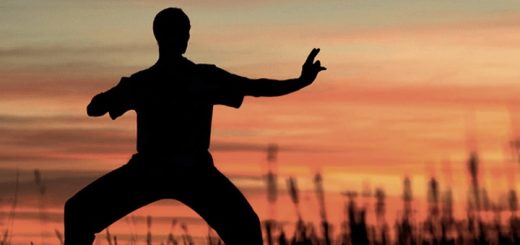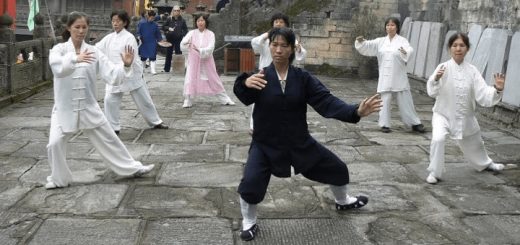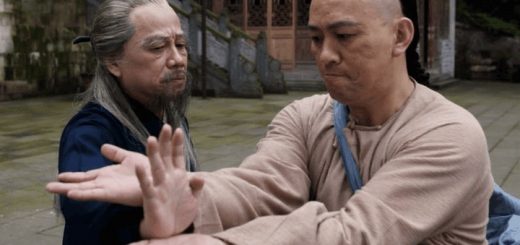Daoist breathing techniques (Tuna)

Tuna (吐纳) is Daoist breathing techniques. Breathing exercises are so important in Daoist practices that they are even highlighted in a special section called “Tuna» (吐纳 – «spitting [muddy] – receive [clean]”).
Nobody will dispute the fact that breathing is very important for our existence, and it determines our life and work of a whole body and all its functions. Breathing can influence our emotions and physiology of the body, and some of its biochemical reactions. We can easily trace the dependence between breath and our feelings. For example, when a person feels anger or resentment, his breathing is superficial and fast , and when the person is peaceful, the breath becomes calmer and more profound. Thus, we have an interdependent system of “breathing – work of the heart – activity of the mind.”
The more frequent, shallow and impulsive is breath, the more active becomes the heart, and hence the brain, in turn, tends to overstimulation and, therefore, to go into a state of a deep quietness during the practice would be difficult. Accordingly, such an important aspect of breath cannot be forgotten in traditional systems of cultivation. Breathing is also closely connected with internal circulation of Qi; through breathing we receive not only oxygen, but we also breathe in the “external Qi”. Using various breathing exercises, we can strengthen the body in general, and improve the circulation of internal Qi, accumulate vital force in the body, and in its energy centers (Dantians). That is why a great attention is paid to the correct breathing in the Daoist Tradition.
Breathing techniques play a very important role in “methods of building the foundation”. In fact, correct, deep and quiet breathing helps to create us conditions under which the inner balance, harmony and inner peace can be achieved as quickly as possible. If breathing is not regulated, then to achieve these results will be very difficult, and in some cases even impossible. Therefore, this important stage of practice needs to be taken seriously and worked out well.
In Daoist practices, there is an enormous amount of breathing techniques intended to treat diseases, accumulate and control the movement of Qi. Exercises may differ from each other in very different parameters: the type of breathing is used (forward, inverse, breast, skin / corporal, sighing, mixed breathing); rhythm, the presence of breath holding or lack of it, and when it is done (after the inhalation, exhalation or both); methods of internal work during breathing exercises; presence or absence of the dynamic aspect of pronouncing, and special sounds. One of the most difficult breathing techniques is the “embryonic breathing”, the essence of which is to ensure that the practitioner ceases to breathe with his lungs, while his heart starts to beat very much slower, and may eventually stop completely. This type of breathing is needed for high levels of practice, when you want to stay in a deep state of meditation for many days or weeks.
If we look at history, already in the IV-III centuries BC there were texts that in details described various breathing techniques, as well as what time of a day they need to be practised and what benefits they can bring to a practitioner.
From these texts it is clearly seen that at the time of their creation methods described already had a quite finished appearance, which means that they already existed in even more ancient historical period. The treatise of Ge Hong ‘Baopu Zi “or “Master Who Embraces Simplicity”(317-320 years. BCE) indicates that a person who has mastered breathing exercises that help to control Qi acquires a different kind of extraordinary abilities, and can control the forces of nature, heal various diseases, and is not afraid of wild animals.










